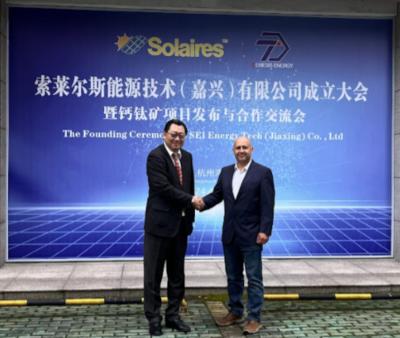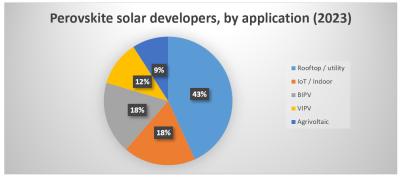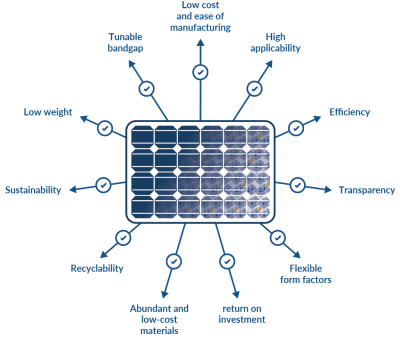Researchers develop method based on silicon nanoantennas to improve perovskite solar cells
Researchers from Harbin Engineering University, ITMO University and Hellenic Mediterranean University have managed to improve perovskite solar cells with the help of silicon nanoantennas, which increase the concentration of light in the material at certain wavelengths. The team applied monodisperse silicon nanoparticles to investigate optical effects responsible for the improvement of perovskite solar cells. This method could someday be used to create solar cells for indoor lighting and even the space industry.
Solar cells and batteries in general can be improved by developing semiconductor materials that efficiently absorb light. Perovskites are considered promising since they are light, thin, and easy-to-produce and can be used to make thin solar cells with varied bending shapes, low weight, and multiple applications. Like other semiconductors, perovskites, however, absorb just a fraction of the spectrum and therefore generate less energy than they receive from the source. To that end, the international team of scientists has developed perovskite solar cells using silicon-based optical resonant nanoantennas.






